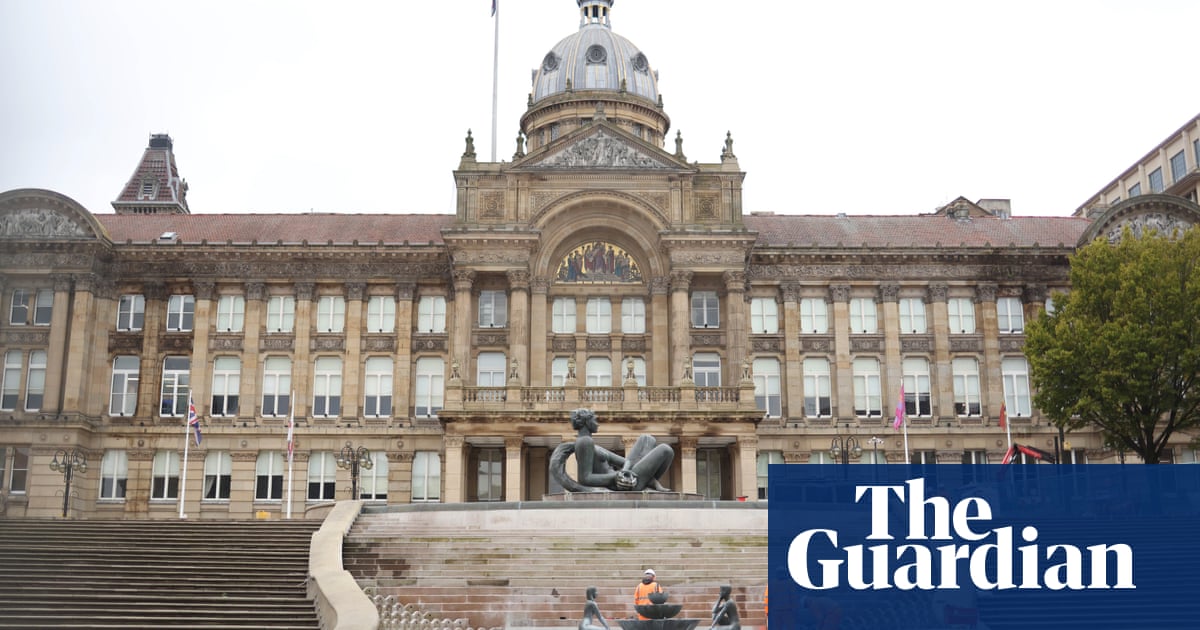
The government has given the go-ahead for a controversial £1.7bn road tunnel under Stonehenge, as campaigners vowed to continue the battle to oppose it.
The transport secretary, Grant Shapps, overruled the recommendation of planning inspectors and approved a development consent order on Thursday that will allow the nearby A303 to be turned into a dual-carriageway tunnel under the ancient site.
Druids, green campaigners and archaeologists greeted the decision with dismay. There were predictions that objectors would travel from around the world to protest against the project.
The road scheme, designed to tackle traffic bottlenecks on a major route to south-west England, has bitterly divided opinion. Historic England and the National Trust argue that diverting the road underground would enhance the site.
The inspectors’ report, which recommended withholding consent, was delivered in January but not made public until now. The planning permission will include mitigation work, with inspectors acknowledging potential “substantial harm” to the cultural heritage, landscape and visual impact around Stonehenge.
English Heritage welcomed the decision as a “landmark day for Stonehenge”. Its chief executive, Kate Mavor, said: “Placing the noisy and intrusive A303 within a tunnel will reunite Stonehenge with the surrounding prehistoric landscape and help future generations to better understand and appreciate this wonder of the world.”
Highways England said it would be a “sensitive and transformational” road scheme that would return the landscape towards its original setting and speed up journeys to and from the south-west.
It will build an eight-mile stretch of dual carriageway, including the two-mile tunnel under the world heritage site, about 50 metres further away from the stones than the existing A303 route. It said the works would avoid important archaeological sites and not intrude on winter solstice sunset views.
Derek Parody, Highways England’s project director for the scheme, said it would “conserve and enhance” the site, and that road builders were working closely with English Heritage, National Trust, Historic England and the independent A303 scientific committee.
At least one member of the committee, however, has warned that half a million artefacts could be lost in building the tunnel, whose portals are within the overall heritage site.
Campaigners have six weeks to seek a judicial review of the decision in the high court.
Tom Holland, the president of the Stonehenge Alliance, which launched a petition that has attracted 125,000 signatures to block the scheme, said: “We will continue to oppose it because we think this is a calamitous decision for millennia.”
Prof David Jacques, who heads the Blick Mead archaeological project, said the decision was an international scandal. “It is absolutely gut-wrenching. I’m astonished the government could have approved the scheme in the light of just what we are discovering, let alone all the other projects going on,” he said.
Experts at Blick Mead have made finds that help to tell the story of how ancient humans lived at the Stonehenge site since the ice age. Finds have included perfectly preserved hoofprints of wild cattle, known as aurochs, a mile and a half from the stone circle.
Jacques said hugely important material would be lost. “It’s a head-bangingly stupid decision. It will have consequences not just for the UK but for the whole of the world. It’s not just about Stonehenge, it’s about understanding how prehistoric people lived. This is an international scandal. People should be hanging their heads in shame.”
Arthur Pendragon, a druid who claims to be an incarnation of the once and future king of England, said he believed people would travel from across the globe to protest.
“This could be the biggest protest ever,” he said. Pendragon is a veteran of previous road protests such as the Newbury bypass, and said he would stand in front of the bulldozers. “Boris Johnson claimed he’d lie down in front of the bulldozers to stop the third runway at Heathrow. I really will lie in front of the bulldozers to stop this.”
Pendragon said the eastern portal would damage archaeology and that the western one was “virtually on a sight line with the setting sun at the winter solstice”. “If they really wanted to do this they should have done it properly with a much longer tunnel, not one that pops up at both ends in the world heritage site,” he said.
Rollo Maughfling, the archdruid of Stonehenge and Britain, said: “It’s a great shame. It’s clear that many important discoveries are still being made about ancient man that will be put in danger.”
Mark Bush, a lawyer who has advised opponents of the scheme, said: “This decision was taken against the advice of the independent planning inspectorate panel, and places the UK in substantial breach of its obligations under an international treaty, the World Heritage Convention.
“This is an extraordinary step to take. The decision is inevitably going to be the subject of a judicial review.”
Andy Rhind-Tutt, the former mayor of Amesbury and president of Salisbury Chamber of Commerce, said: “Granting permission to desecrate one of the most significant landscapes in the world for no transport gain is utterly mind-blowing.”
Mike Pitts, editor of the British Archaeology magazine, said he had mixed feelings about the decision, but that “the benefits to our experience and perception” of Stonehenge “for everyone from specialist archaeologists to on-screen tourists, will be profound.”












